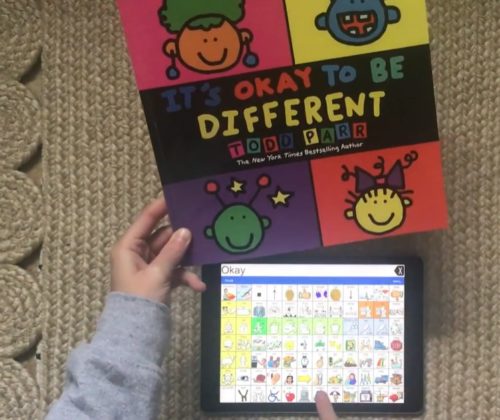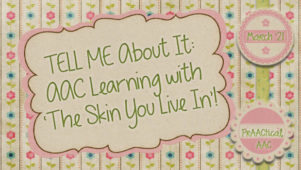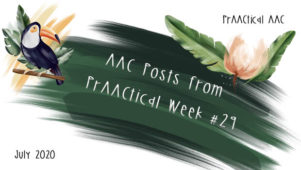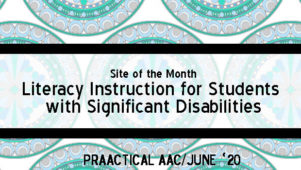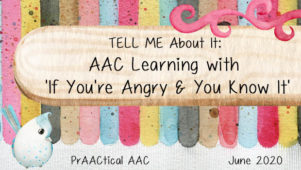TELL ME About It: AAC Learning with ‘It’s Okay to Be Different!’
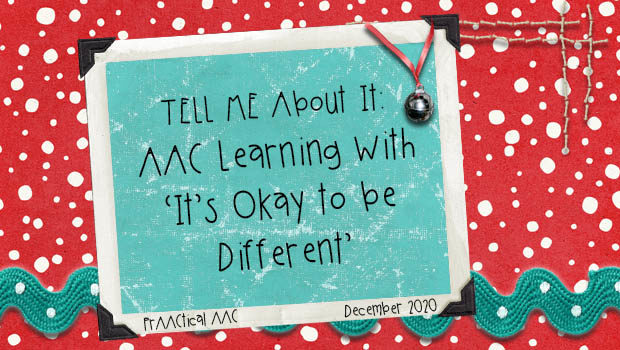
If you’re in search of ways to support preschool teachers who are implementing TELL ME or another core vocabulary program with their young students, this post has some great information and downloadable resources for you. AAC SLPs Jeanna Antrim and Maggie Judson are back with another guest post the TELL ME About It series.
Maggie and Jeanna are speech-language pathologists who work in the Assistive Technology Department for the Belleville Area Special Services Cooperative (BASSC) in southern Illinois. They are AT/AAC facilitators and provide evaluations, direct therapy, consultations, and trainings with school teams.
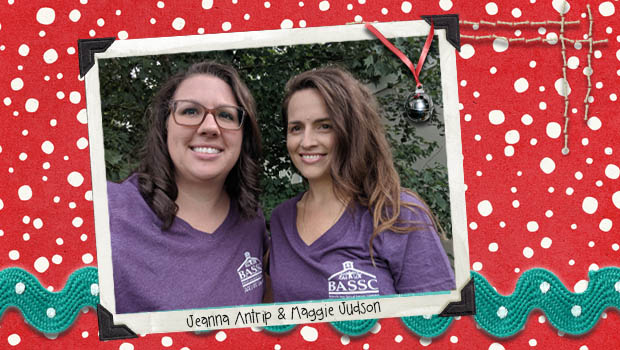
TELL ME About It: AAC Learning with ‘It’s Okay to Be Different!’
TELL ME About The Book
The fourth book in this new series is “It’s Okay To Be Different” by Todd Parr. A perfect book for a preschool classroom, with its repeated phrases, simple text, and engaging illustrations. And oh, did we mention it’s full of core words?! We love that the TELL ME program helps us learn how to focus on and provide instruction for not just one core word per book, but LOTS of words – in “It’s Okay To Be Different,” we’ll be focusing on DIFFERENT, HAVE, NEED, FEEL, plus feeling and people words! It’s a great feeling to know that we will have provided instruction for so many core words by the end of two weeks with this book! 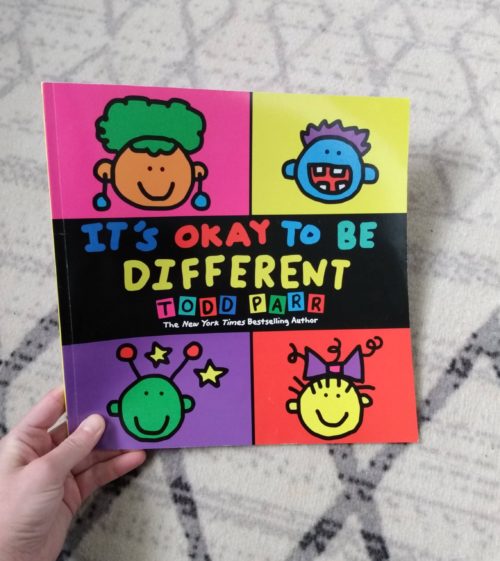
See below for the book focus for “It’s Okay To Be Different”:
Book Focus: It’s Okay To Be Different
- Core Words (BOW WOW Words): DIFFERENT, HAVE, NEED, FEEL
- Additional Words (Tiger Talk Words): BAD, MOTHER, FATHER, MAD/ANGRY, FRIEND, BROTHER, SISTER, SAD
- Concept Vocabulary: body parts (tooth, hair, nose, ears) and size (small, medium, large)
- Book Concept: Illustrations correspond to print
- Special Letters: o, n, c, d, u, g, h, f, i, s
TELL ME About Reading
Repeated Reading Focus: Focus on Story Elements
Focusing on specific story elements during re-readings is one way you can employ repetition with variety during your shared reading instruction. Addressing story elements, such as the characters, setting, plot, conflict, and theme, supports students’ learning of vocabulary knowledge, text comprehension, and story structure.
Teaching early developing story elements, such as the setting and characters, helps students learn how to answer comprehension questions, retell a story, relate to a story, and eventually write their own stories! We use many visual supports, such as story props, storyboards, character web, and story maps, to teach these story elements. We like to focus on the characters’ attributes during these re-readings and talk about how we are similar and different (e.g., “We have ears like the rabbit, but ours aren’t so big!”). While teaching the setting, we focus on making connections to students’ past experiences (ex. “When you are in the bathtub do you eat macaroni and cheese?” or “Remember when you play in the snow, you wear mittens too!”).
Adaptation Idea: Write the Target Words On a Sticky Note
Another simple book adaptation idea to help us remember the core words we are targeting? Write the words on a sticky note and put them right on the page in the book! This simple adaptation gives us a visual cue to provide aided language input for those words. Plus, it doubles as a visual for the student, as you can remove the sticky note and hold it up and show it off (hello, text referencing!). 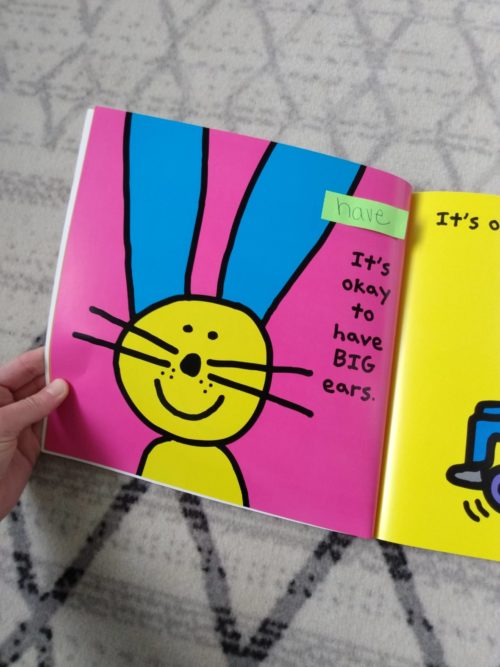
To see this idea in action, check out the links at the end of the blog for videos of us using this strategy while reading the book!
TELL ME About Writing
Writing is a big part of a TELL ME classroom! See below for ideas!
Predictable Chart Topic
Title: It’s Okay To Be Different!
Sentence frame: It’s okay to have different _________.
FUNctional Writing Activity (writing to and from on gifts)
Writing for authentic reasons is a core principle of the TELL ME program. And one easy, natural way to bring in those genuine writing opportunities this month is to write cards or gift tags for presents. Writing “To” and “From” on a gift is such a fun, meaningful reason to write, because what is the first thing a person does when they receive a gift? Look at the writing on the card! This allows students to experience that their writing means something to others and that it is a meaningful way to express their thoughts, which is what shared writing is all about. Furthermore, “communication with classmates, educators, and families paves the path to becoming active members of the literacy learning community (Erickson & Koppenhaver, 2020, pg. 18)”!
TELL ME More
Below are some specific ideas on how to implement “It’s Okay To Be Different” in your therapy sessions and classrooms TELL ME-style!
Aided Language Input Tip – Aided Language Input From The Student’s Point of View
Providing aided language input is one of those instructional strategies you will find yourself doing over and over (and over!) again in a TELL ME classroom. Whenever possible, try to provide aided language input from the student’s perspective (think: while sitting next to the student, not while across the table from the student). This can improve the accuracy of the visual support afforded by aided language input by helping the AAC user accurately motor plan for the targeted word.
Embedding Core into the Daily Routine – Snack Time
Snack time is typically a routine-based activity within the preschool classroom, making it a natural time to incorporate the target core words into different rote phrases and scripts. Having some predetermined phrases can be a supportive way for communication partners in the classroom to become comfortable with targeting core words and providing aided language input on AAC systems.
Some examples:
- “Oh, I FEEL very hungry!”
- “We NEED to wash our hands before we eat.”
- “Who will HAVE apple slices?”
- “I think you’re telling me you want something DIFFERENT.”
- “I’m thirsty, I NEED a drink.”
- “Brrr, the juice cup FEELS cold!”
- Craft Idea – Abstract Self Portrait
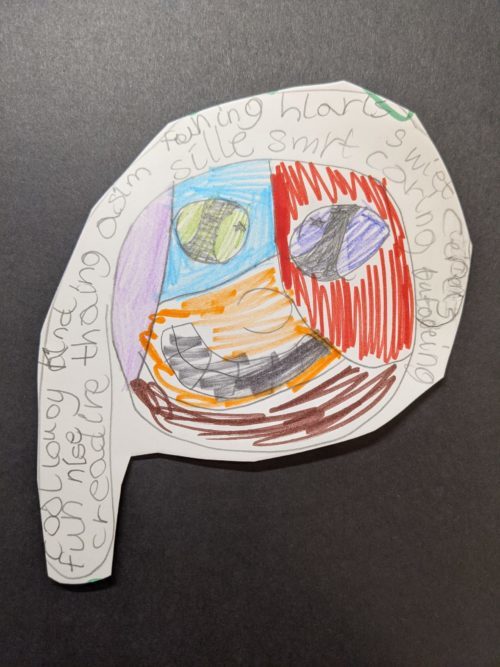
- Materials:
- Cardstock Paper
- Markers
- Crayons
- Pencil
- Crafts and art projects can be a great way to create communication opportunities! Think of all of the communicative functions, such as requesting desired items, requesting assistance, directing actions, commenting, protesting, describing, labeling, asking/answering questions, that we can elicit and provide aided language input for! Some examples for the craft mentioned above could be:
- I FEEL happy when I get to draw!
- I NEED a DIFFERENT
- You HAVE words for your hair!
Virtual Learning Resource – Short Wordless YouTube Videos
Wordless videos, just like wordless picture books, can be a fun and meaningful addition to an emergent reading activity. “Students who cannot read words can engage in independent reading using picture books (Erickson & Koppenhaver, 2020, pg. 60)”, and the same holds true for wordless YouTube videos! It can be easy to find something appealing for any interest or age with so many options available, helping to keep students interested and attending. The name of the game with emergent reading activities in a TELL ME classroom is to get students engaged purposefully and meaningfully in their interactions with books and stories. So wordless videos, just like wordless picture books, can be a fun and FUNctional addition to your classroom, therapy room, or home!
Here are a few of our favorites:
- ROLLIN` SAFARI – what if animals were round?
- Trouble in Paradise
- Caminandes 1: Llama Drama – Blender Animated Short
- Jurassic Fart
BONUS Virtual Learning Resources!
- Check out Jeanna’s @speechwithoutlimits additional virtual learning resources! DIFFERENT YouTube video, DIFFERENT Boom Deck, NEED YouTube video, NEED Boom Deck, HAVE YouTube video, HAVE Boom Deck, FEEL YouTube video, FEEL Boom Deck, BAD YouTube video, BAD Boom Deck, MAD YouTube video, MAD Boom Deck, SAD YouTube video, and SAD Boom Deck
- Check out Maggie’s @the.bookish.slp additional virtual learning resources! DIFFERENT YouTube videos, DIFFERENT Boom Deck, DIFFERENT digital book activity, FEEL YouTube videos, FEEL Boom Deck, FEEL digital book activity
- TELL ME at Home – Simple Shared Reading Tip: Building Connections to Background Knowledge
One great way to structure shared reading at home is to connect the book to your child’s background knowledge. One, this creates a personal connection to the book for your child, which can help them learn better as they are more engaged and invested in the story. Two, helping children “activate and learn to use existing knowledge helps them make connections between what they already know and what they are reading (Erickson & Koppenhaver, 2020, pg. 109).” So, what is a simple way to help build these connections to background knowledge? Take a picture walk!
A picture walk is a simple activity crucial for accessing and activating background knowledge, introducing vocabulary words, and working in target core words. It is also a time for children to focus on the pictures in the book and ask questions.
During a picture walkthrough, we like to point to the pictures on the front cover and ask the child to make predictions for the story. Then flip through each page of the book, look at the illustrations, and make comments and ask questions. Some examples of comments and questions you could say are:
- “I wonder” sentences… “I wonder what will happen in our story”, “I wonder what will happen next?”, “I wonder how they FEEL?”
- “Oh no, they lost their mittens! I bet they FEEL”
- “The skunk is MAD. What do you think it NEEDS to do?”
- “They are DIFFERENT We are DIFFERENT sizes, too!”
- “They HAVE glasses! I NEED And you HAVE glasses.”
- “Let’s see what else is DIFFERENT!”
And don’t forget – this should be a super fun and engaging activity! Relate the book and the pictures to your child’s own experiences. You can make statements like: “Look, a pet worm! You HAVE a pet, too! It’s not a worm, it’s a DIFFERENT animal. HAVE you ever seen a pet worm before? I wonder how you would FEEL if you had a pet worm?”.
Self-Reflection Tip – “Appropriate Visual Tools Are Used”
The TELL ME program is all about helping us as educators develop good AAC teaching practices and routines that we can implement when planning other lessons. But to do this, we have to reflect on how we are providing instruction. Last month we talked about using visuals during shared reading activities to assist students with processing, understanding, and expressing thoughts and choices.
This month, reflect on this with the question “appropriate visual tools are used” from the fidelity checklists available in the TELL ME program.
After reflection, would you answer this question as:
- ALWAYS
- SOMETIMES, or
- RARELY?
If after thinking about the past month you answer this as SOMETIMES or RARELY, that’s okay! We all start somewhere! We encourage you to think through what changes you can make to your teaching practices and routines to support your classroom assistants as they develop their skills to actively facilitate student learning.
Because remember: self-reflection and receiving constructive feedback helps you plan for your next session and get better at providing TELL ME-style instruction!
Check out the videos of us reading the book “It’s Okay To Be Different” while providing aided language input:
Snap Core First from Tobii Dynavox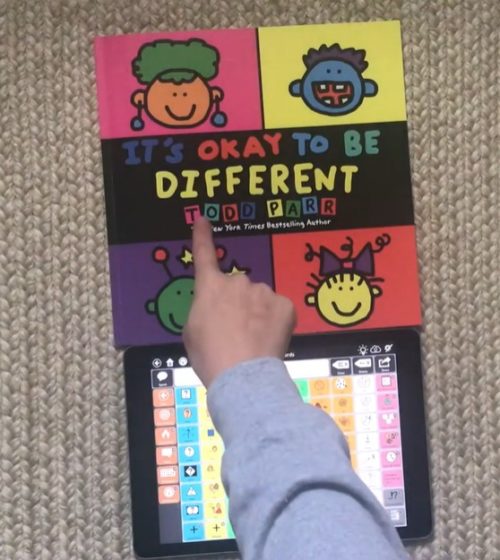
TouchChat with WordPower from Saltillo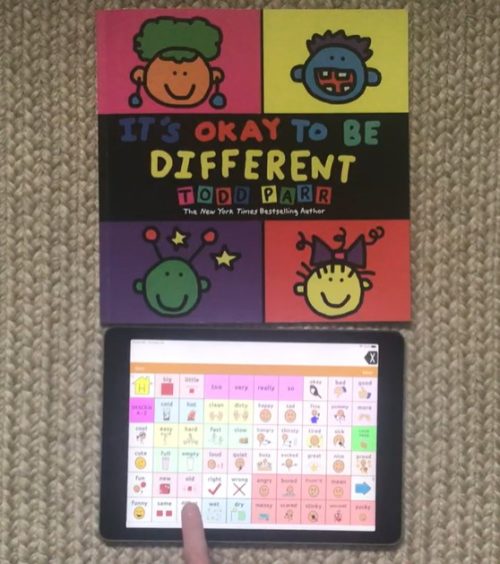
———————————————————————————————————————
Be sure to check back next month as we work through the TELL ME manual and share activities, teaching strategies and implementation tips for the next book in this new series, “Not A Box”!
RESOURCES and REFERENCES:
Erickson, K,. & Koppenhaver, D. (2020). Comprehensive Literacy for All: Teaching Students with Significant Disabilities to Read and Write. Baltimore, MA: Paul H. Brookes Publishing Co.
Aided Language Stimulation video – Icpsat
- You can purchase the TELL ME manual from the Attainment Company or from ASHA.
- You can learn more about the program by watching the webinar TELL ME: AAC for the Preschool Classroom presented by Dr. Carole Zangari, available from Saltillo (bit.ly/2RNpykn).
Follow us on Instagram @basscAAC and subscribe to our YouTube channel (basscAAC) for more AAC implementation ideas!
To read more about how we prepare for a TELL ME week, check out our previous posts in the TELL ME About It series!
- YEAR 1
- YEAR 2
Filed under: Featured Posts, PrAACtical Thinking
Tagged With: aided language input, shared reading, shared writing
This post was written by Carole Zangari
